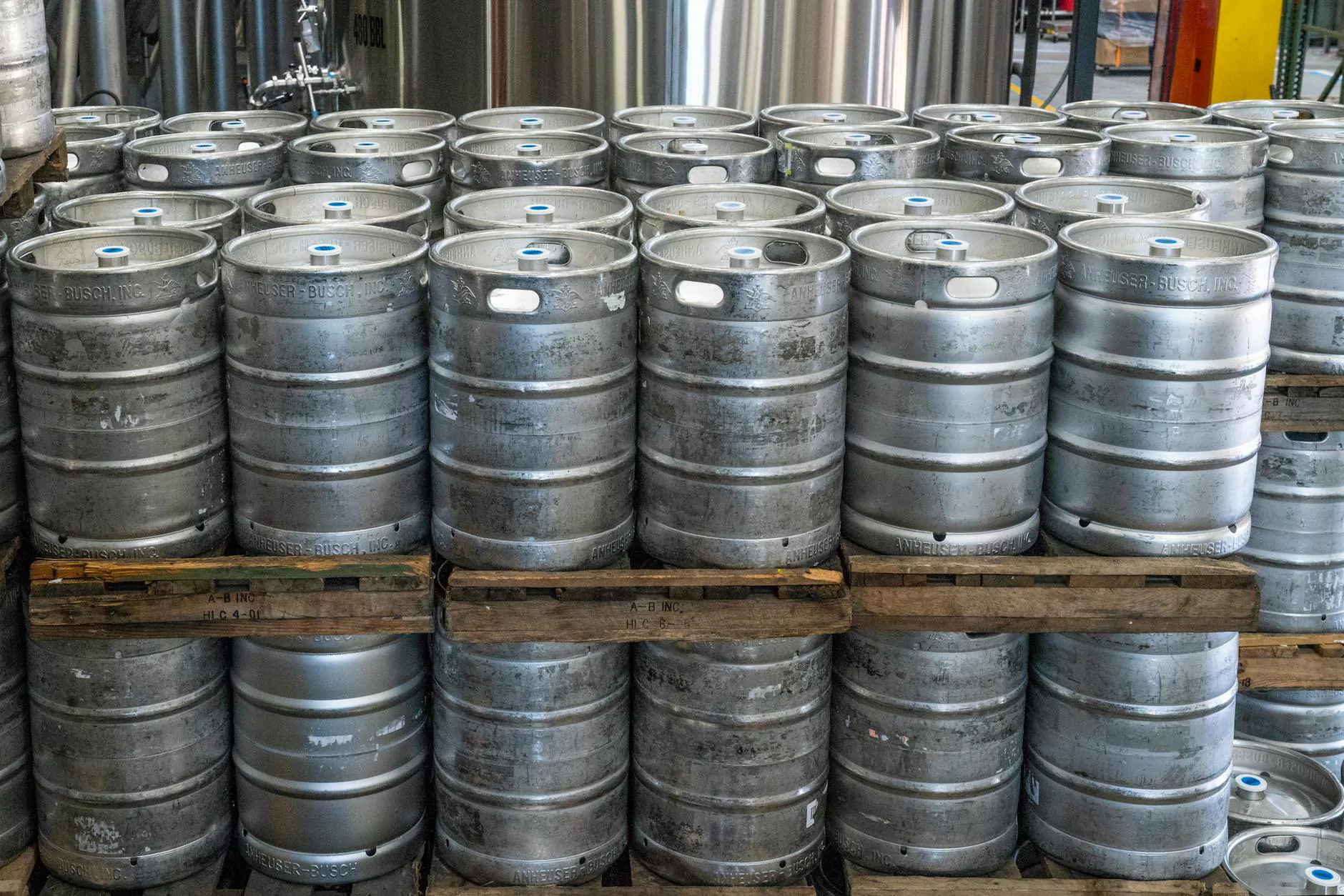Understanding Ankle Swelling Without Pain: Causes, Symptoms, and Treatments

Ankle swelling can be a concerning symptom, yet many individuals encounter the situation of experiencing ankle swelling with no pain. This article aims to delve deep into the various aspects of this condition, elucidating its causes, implications, and potential treatments. Our objective is to equip readers with comprehensive knowledge and practical advice for managing their health effectively.
What Does It Mean When Your Ankle Swells But Doesn't Hurt?
Swelling in the ankles, known medically as edema, can arise from various factors. When the swelling occurs without pain, it may indicate less severe underlying issues. Understanding the distinction between painful swelling and painless swelling is critical for diagnosing the potential causes effectively.
Common Causes of Painless Ankle Swelling
There are several potential causes for painless swelling in the ankles, including:
- Fluid Retention: This often results from dietary factors, such as high salt intake, leading to excess fluid accumulation in the tissues.
- Prolonged Sitting or Standing: Remaining in a stationary position for extended periods can cause blood flow to be less effective, leading to swelling.
- Temperature Changes: Hot weather conditions can lead to vasodilation, causing blood vessels to widen and fluid to leak into tissues, resulting in swelling.
- Hormonal Fluctuations: Menstrual cycles and hormonal changes can lead to temporary fluid retention, particularly in women.
- Obesity: Excess body weight puts additional pressure on the lower extremities, which can lead to swelling.
- Medication Side Effects: Some medications can lead to fluid retention as a side effect, notably blood pressure medications or non-steroidal anti-inflammatory drugs (NSAIDs).
Identifying Other Symptoms
While painless swelling may not seem alarming, it is essential to monitor any accompanying symptoms that might indicate a more severe condition. Be vigilant for the following signs:
- Changes in skin color or temperature
- Persistent swelling that lasts for several days
- Swelling in other areas of the body
- Development of rashes or skin lesions
- Shortness of breath or chest pain
When to Seek Medical Attention
Although most cases of ankle swelling with no pain are harmless, certain situations warrant medical evaluation:
- If the swelling persists or worsens over time
- If there are sudden, unexplained changes in swelling patterns
- If swelling occurs after an injury or trauma
- If swelling is accompanied by any other concerning symptoms, such as those listed above
Diagnosis and Evaluation
For individuals experiencing ankle swelling with no pain, obtaining a proper diagnosis is essential. Healthcare professionals will often conduct a thorough evaluation, which may include:
- Patient History: Your doctor will inquire about your medical history, lifestyle, and any medications you’re currently taking.
- Physical Examination: A physical exam will help assess the extent of swelling and check for any concerning signs.
- Diagnostic Tests: Blood tests, urine tests, or imaging studies (like ultrasounds or X-rays) might be necessary to rule out specific conditions.
Effective Treatments for Ankle Swelling
Managing ankle swelling with no pain typically involves lifestyle adjustments and sometimes medical interventions. Here are some recommended strategies:
Home Remedies
In most cases, simple home remedies can help alleviate swelling:
- Compression Socks: Wearing compression stockings can provide support and enhance blood circulation, reducing swelling.
- Elevation: Elevating the legs while resting can promote fluid drainage and minimize swelling.
- Hydration: Drinking adequate water aids in flushing out excess sodium and reducing fluid retention.
- Limit salt intake: Reducing dietary sodium can prevent excessive fluid buildup.
- Exercise: Regular physical activity enhances circulation and can help with weight management, further reducing swelling risk.
Medical Treatments
If home remedies do not bring relief, medical interventions may be necessary:
- Diuretics: Medications that promote urination can help eliminate excess fluid from the body.
- Addressing Underlying Conditions: Treating any underlying health issues, such as heart or kidney problems, can alleviate the symptom of swelling.
- Physical Therapy: Depending on the cause, physical therapy may aid in restoring proper function and reducing swelling.
Preventive Measures
Taking proactive steps can help prevent ankle swelling from recurring. Consider implementing these measures:
- Stay Active: Incorporating regular exercise into your routine can enhance blood flow and prevent swelling.
- Maintain a Healthy Diet: A balanced diet rich in fruits, vegetables, and lean proteins can help with weight management and overall health.
- Monitor Your Posture: If you're sitting or standing for long periods, ensure to take breaks to stretch and move.
- Manage Stress: Chronic stress can lead to inflammatory responses in the body; techniques such as yoga or meditation can be beneficial.
- Review Medications with Your Doctor: Regularly discuss your medications with your healthcare provider, particularly if you notice changes in your health.
Conclusion
Experiencing ankle swelling with no pain can be a benign issue, often resulting from lifestyle factors such as diet or activity level. However, understanding the potential causes, recognizing other symptoms, and knowing when to seek medical advice are crucial for maintaining your health. By taking preventive measures and being mindful of your body, you can effectively manage and reduce the risk of swelling in the ankles.
For further assistance, consider reaching out to professionals specializing in vascular medicine, such as those at trufflesveinspecialists.com, for personalized guidance and treatment options tailored to your needs.
ankle swollen no pain






